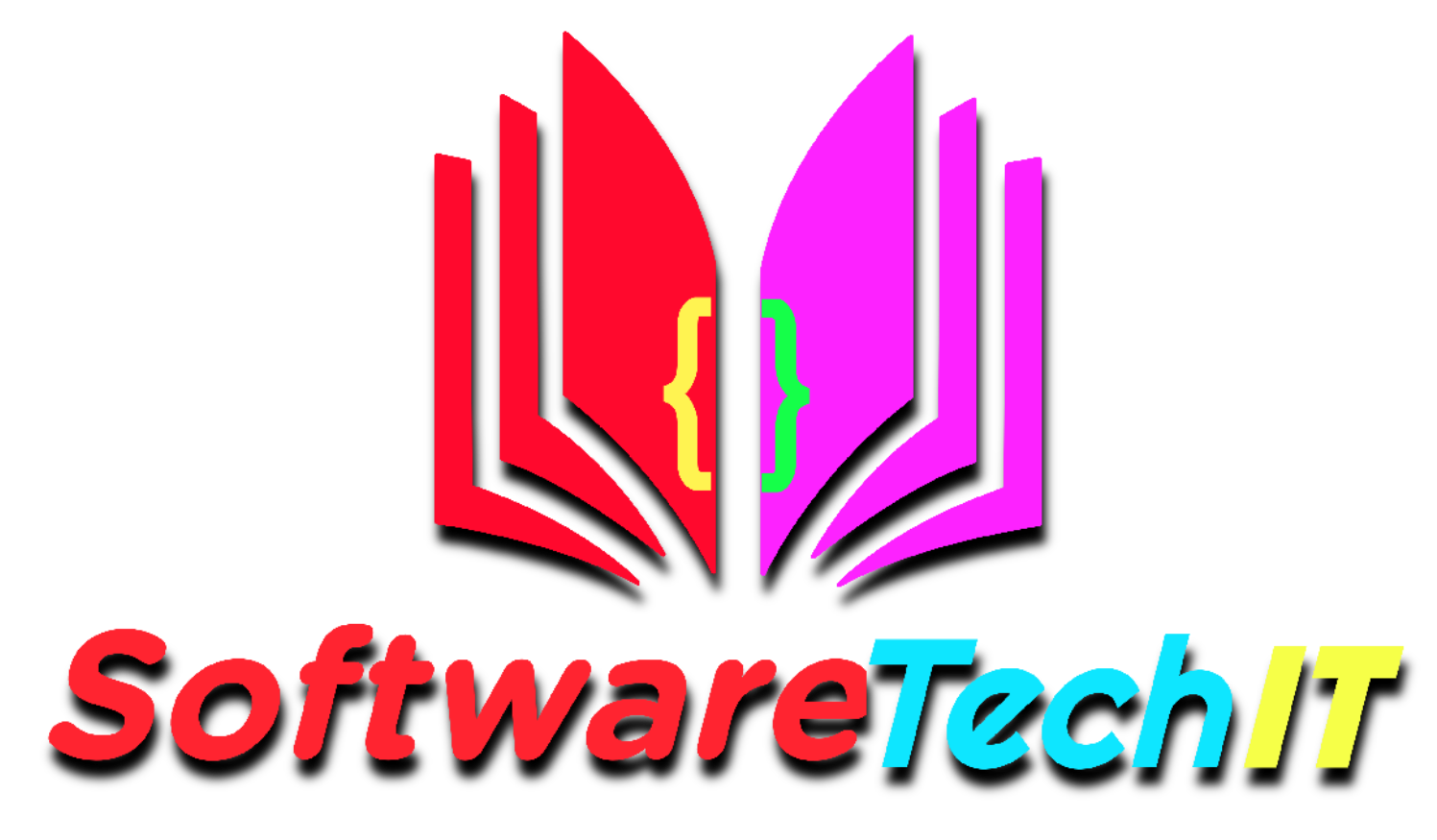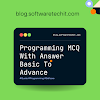#10 Introduction to Views & View groups |Android Studio Tutorial| #softwaretechit
#11 Example of Views & View Groups |Android Studio Tutorial |SoftwareTechIT
In Android Layout is used to describe
the user interface for an app or activity, and it stores the UI elements that
will be visible to the user. An android app’s user interface is made up of a
series of View and ViewGroup elements. In most cases, android apps
will have one or more operations, each of which is a single screen of the app.
Multiple UI components will be present in the operations, and those UI
components will be instances of the View and ViewGroup subclasses. Generally,
the android apps will contain one or more activities and each activity is one
screen of the app. The activities will contain multiple UI components and those
UI components are the instances of View and ViewGroup subclasses. In Android apps,
the two very central classes are the Android View class and
ViewGroup class. One or more tasks can be found in an Android app. A
screen in an Android operation is identical to the windows in a desktop
application. GUI components may be used in an operation. View or ViewGroup
subclasses are used to build the GUI elements.
View is a basic building block of UI (User Interface) in android. A view is a small rectangular box that responds to user inputs. Eg: EditText, Button, CheckBox, etc. ViewGroup is an invisible container of other views (child views) and other ViewGroup. Eg: LinearLayout is a ViewGroup that can contain other views in it. ViewGroup is a special kind of view that is extended from View as its base class. ViewGroup is the base class for layouts. As the name states View is singular and the group of Views is the ViewGroup. In simple terms, a view is a user interface feature that we interact with when we use an app, such as a button, editing text and images, and so on. Android.view has a child class called View. Observe While the View group is the container that houses all of these views as well as many other ViewGroup such as linear or Frame Layout. For example, if we design and use the LinearLayout as the root feature, our main layout would be the LinearLayout. Within it, we can add another view category (i.e. another LinearLayout) and several other views such as buttons or TextViews.
View
The View
class is the base class or we can say that it is the superclass for all the GUI
components in android. For example, the EditText class is used to accept the
input from users in android apps, which is a subclass of View, and another
example of the TextView class
which is used to display text labels in Android apps is also a subclass of
View.
Or the other
definition,
View refer to the android.view.View class, which is the base class
of all UI classes. android.view.View class is the root of the UI class
hierarchy. So from an object point of view, all UI objects are View objects.
Following are some of the common View subclasses that will be used in android
applications.
TextView
EditText
ImageView
RadioButton
Button
ImageButton
CheckBox
DatePicker
Spinner
ProgressBar and etc.
These are
some of the view subclass available in android.
ViewGroup
The ViewGroup
class is a subclass of the View class. And also it will act as a base class for
layouts and layouts parameters. The ViewGroup will provide an invisible
container to hold other Views or ViewGroups and to define the layout
properties. For example, Linear Layout is the ViewGroup that contains UI
controls like Button, TextView, etc., and other layouts also. ViewGroup Refer to the android.view.ViewGroup class, which is the base class
of some special UI classes that can contain other View objects as children.
Since ViewGroup objects are also View objects, multiple ViewGroup objects and
View objects can be organized into an object tree to build a complex UI
structure. Following are the commonly used ViewGroup subclasses used in android
applications.
FrameLayout
WebView
ListView
GridView
LinearLayout
RelativeLayout
TableLayout and many more.
The ViewGroup
subclasses listed above group View instances together and takes care of their
layout. For instance, the LinearLayout will render the components after each
other either horizontally or vertically.
Difference Table
|
View |
ViewGroup |
|
View is a simple
rectangle box that responds to the user’s actions. |
ViewGroup is the
invisible container. It holds View and ViewGroup |
|
View is the
SuperClass of All component like TextView, EditText, ListView, etc |
ViewGroup is a
collection of Views(TextView, EditText, ListView, etc..), somewhat like a
container. |
|
A View object is
a component of the user interface (UI) like a button or a text box, and it’s
also called a widget. |
A ViewGroup object
is a layout, that is, a container of other ViewGroup objects (layouts) and
View objects (widgets) |
|
Examples are
EditText, Button, CheckBox, etc. |
For example,
LinearLayout is the ViewGroup that contains Button(View), and other Layouts
also. |
|
View refers to
the android.view.View class |
ViewGroup refers
to the android.view.ViewGroup class |
|
android.view.View
which is the base class of all UI classes. |
ViewGroup is the
base class for Layouts. |
So, these all are the basic key
difference between the View class and Viewgroup class in Android.



















0 Comments